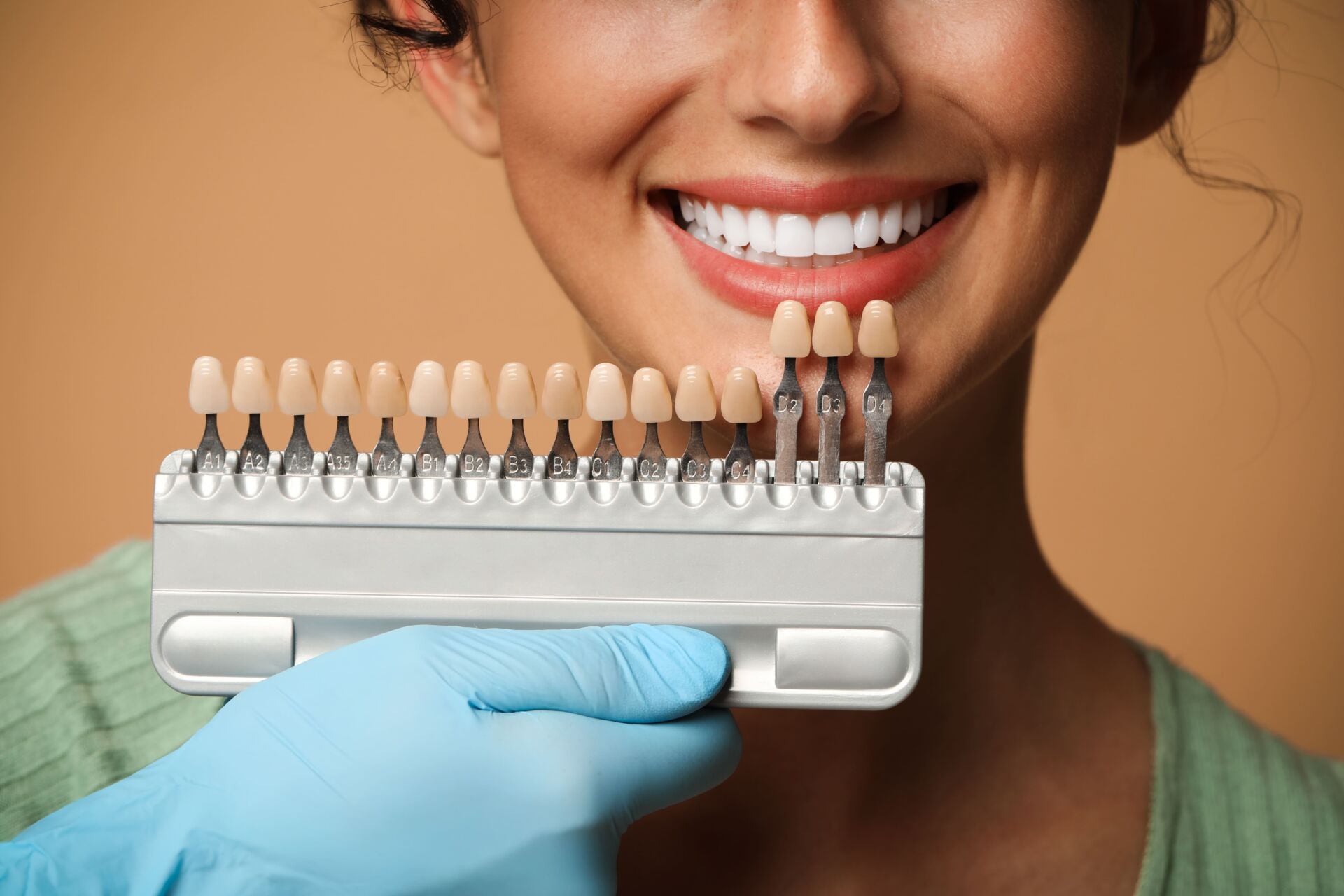Fans of the Bravo reality show “The Real Housewives of New York” may have noticed something a little different about the show’s breakout star, Bethenny Frankel. Famous for her outspoken opinions and strong jaw, Frankel’s mandibles have been looking a lot smaller in recent years. For her part, Frankel denies getting plastic surgery. Instead, she claims Botox is to thank for her softer new appearance, and the reason why may surprise you. When most people think of Botox, they think of the cosmetic medication’s paralyzing effects on facial wrinkles and fine lines, but more and more, people like Frankel are using Botox to treat something completely different: TMJ disorder.
For cosmetic use, Botox works by temporarily paralyzing the muscles of the treated area, and blocking the signal from the nerves to the muscles. This causes the treated muscles to relax, smoothing and softening the wrinkles. When injected into the temporomandibular joint, or TMJ, Botox relaxes the TMJ and nearby jaw muscles, causing them to weaken and alleviating the hyperactivity of the TMJ muscles that could be contributing to the TMJ pain the patient experiences. But while patients of this procedure like Frankel have found relief with Botox, Dr. Alexandra George of Pittsburgh, Pennsylvania cautions that Botox may not be the miracle TMJ treatment it is purported to be.
“The important thing to remember about using Botox for anything is that the results are temporary,” George said. “You may experience great relief following an injection, but if you get too busy to return or simply can’t afford a subsequent treatment, that pain could come right back when the Botox wears off.”
George treats patients with TMJ disorder at her Pittsburgh practice with the aid of custom orthotics designed to relax the muscles manually, guiding them to more natural, comfortable position over time. According to George, while this process may take longer than a quick injection of Botox to the jowls, unlike with Botox, the results are permanent.
“When you use Botox, you are basically just treating the symptoms by masking the pain,” George said. “When you use orthotics, you are healing the jaw, not simply lessening the pain. You don’t have to keep coming back for more injections, or worrying that your TMJ may worsen over time.”
While George is glad options like Botox exist for the treatment of TMJ pain, she believes adjusting the jaw and healing the pain is a better option.
“If you broke your arm, you wouldn’t just want to take painkillers for it for the rest of your life,” she said. “You’d want the bone reset so it would heal and stop hurting on its own. With TMJ pain, it’s no different. I’m glad Botox is helping so many people find temporary relief- but when patients come to my office in chronic pain, they don’t want a quick fix. They want a cure.”




